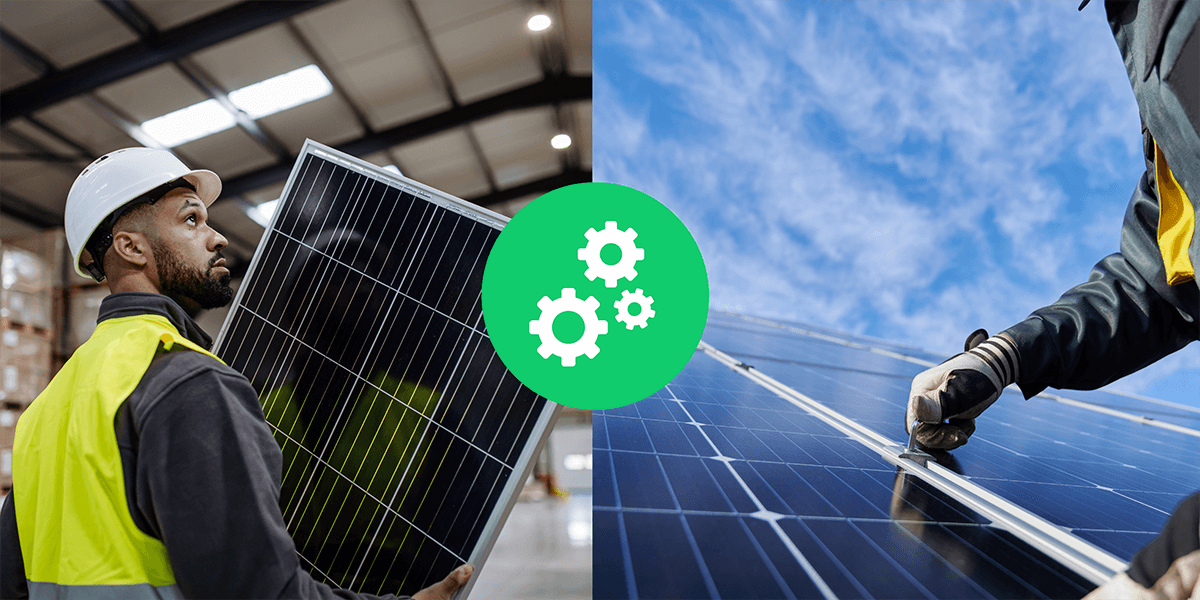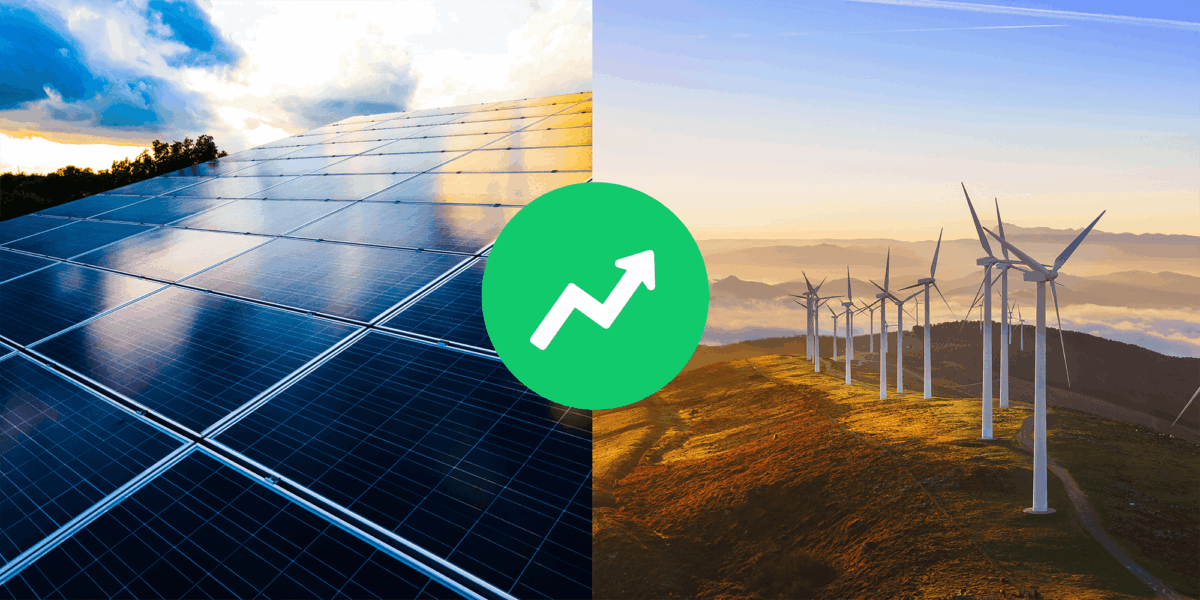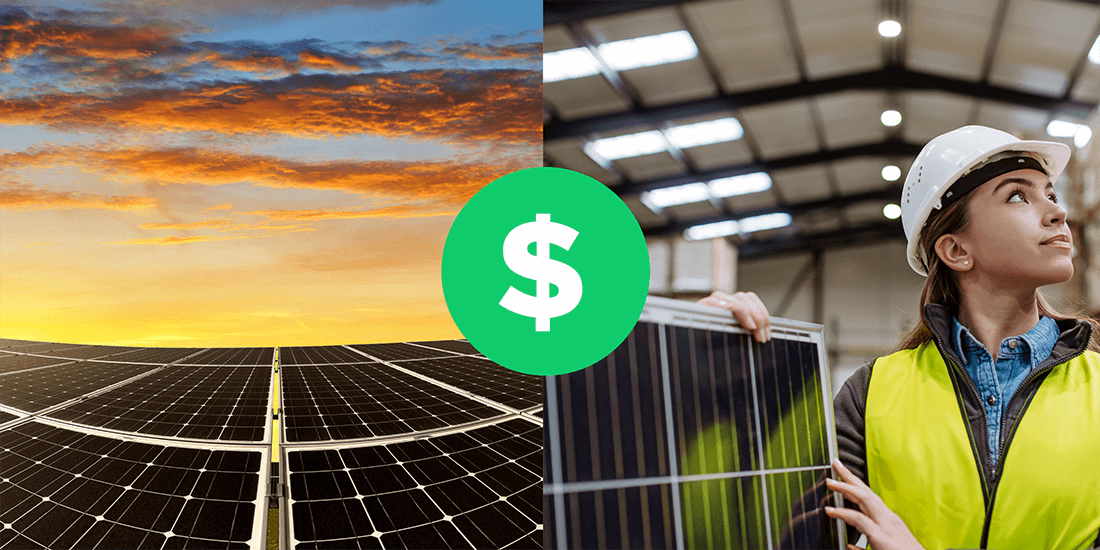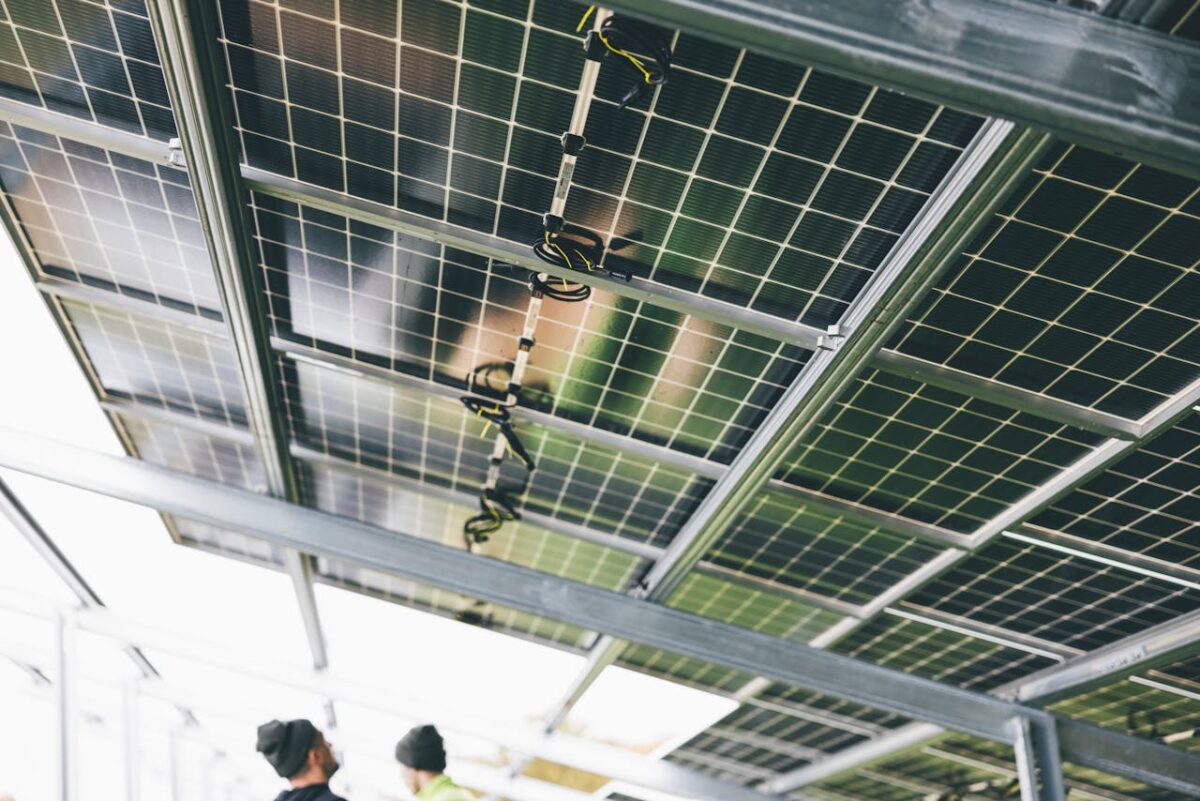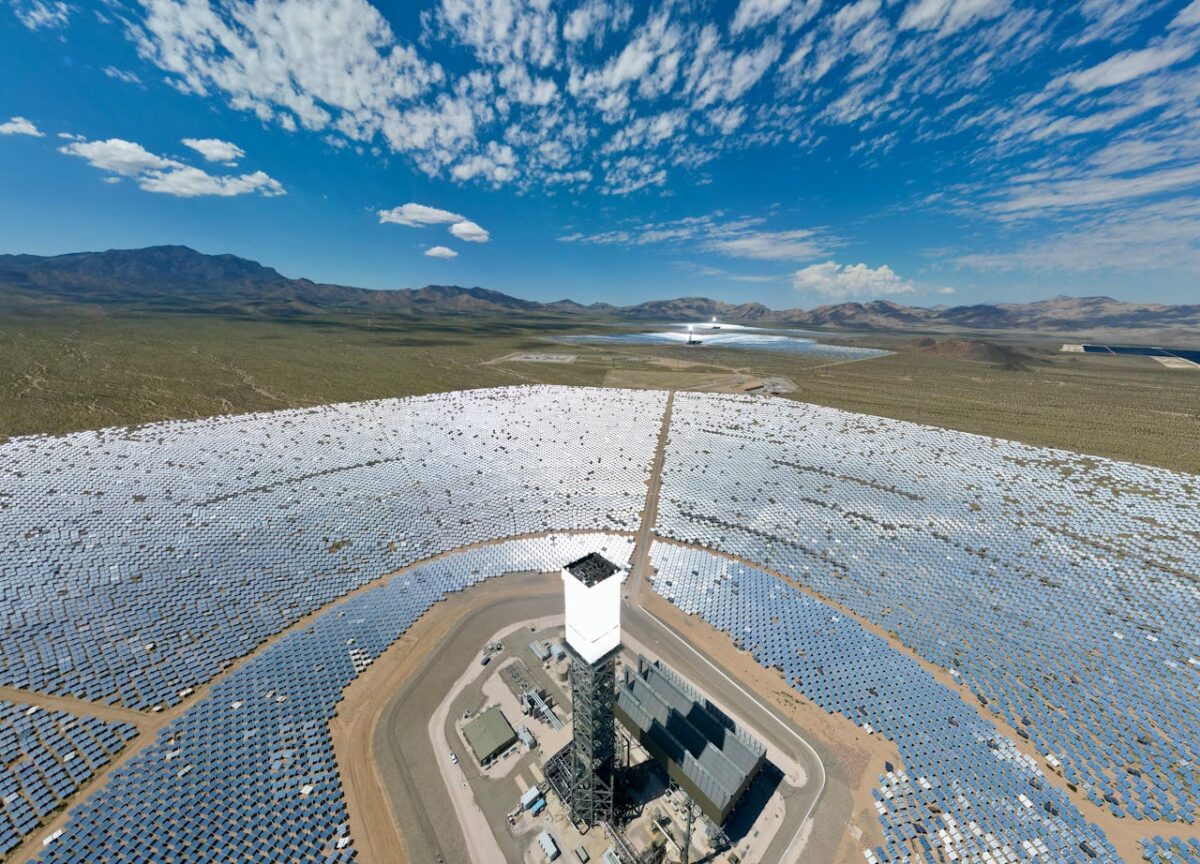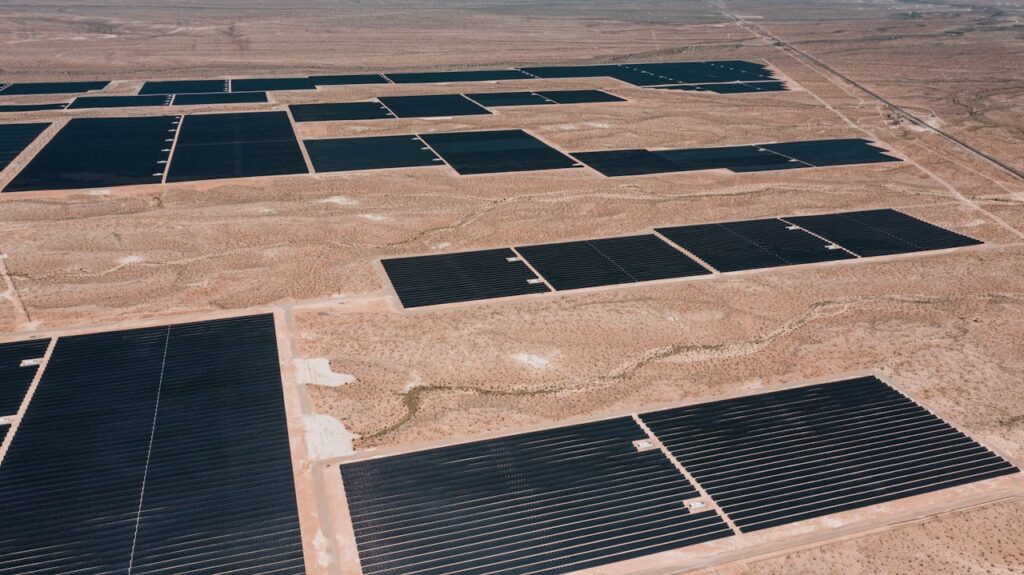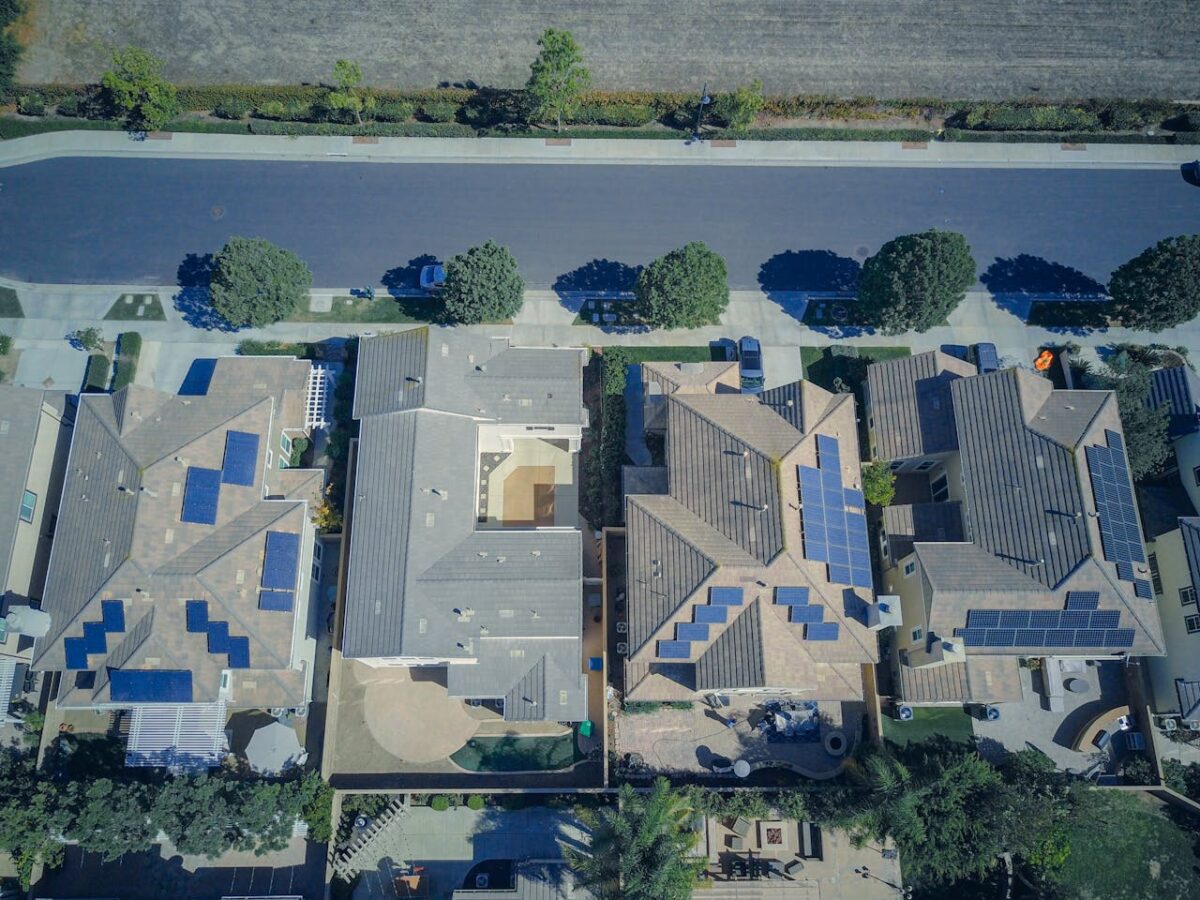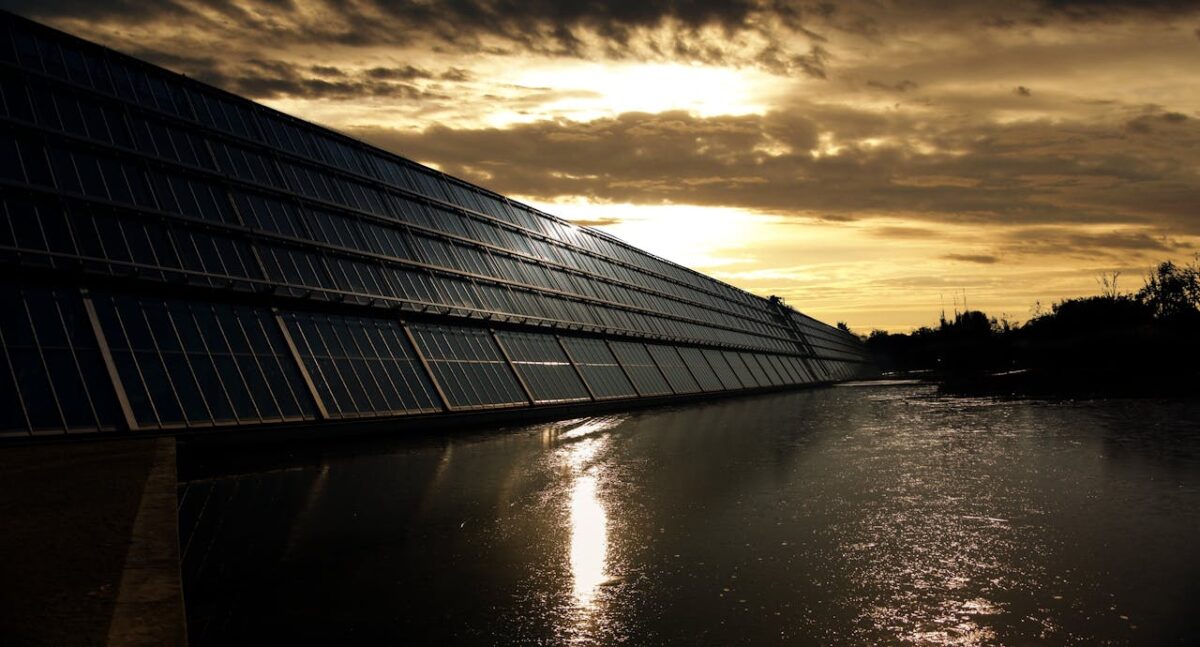What Are Solar Panels Made Of?
pvsolar
on
June 25, 2025
At A Glance...
- Solar panel are made up of various materials, including silicon cells, glass, aluminium, plastic, wiring and more.
- We safely recover valuable materials like aluminum, glass, and silicon — and properly handle any hazardous materials like lead or cadmium (found in some older models).
Materials Used For Solar Panels
Solar panels might look like sleek, solid slabs on the outside, but inside, they’re made up of a mix of carefully engineered materials — each playing a vital role in capturing and converting sunlight into clean energy.
Here’s a quick breakdown of what makes up a typical solar panel:
- Silicon Cells – The heart of the panel. These semiconductor layers do the actual job of converting sunlight into electricity.
- Glass – A toughened, transparent layer on the front that protects the cells while letting in sunlight.
- Aluminum Frame – Provides structure, strength, and easy mounting.
- Encapsulant – A durable, transparent layer (usually EVA plastic) that holds the silicon cells in place and shields them from moisture or vibration.
- Backsheet – A protective rear layer (often made of polymer) that guards the internal components from weather and wear.
- Junction Box & Wiring – This is where electricity flows out of the panel and into your system. It’s also where diodes help regulate electrical current.
In short, solar panels are a mix of glass, metals, polymers, and silicon — durable by design, but complex when it comes to disposal.
How Does Each Part Function?
Every piece of a solar panel has a specific job, and together, they form a finely tuned energy system:
- Silicon Cells
These are the workhorses. When sunlight hits them, they generate direct current (DC) electricity through the photovoltaic effect. Without these, you don’t have a solar panel.
- Glass Front
This tempered glass shields the fragile inner layers from wind, rain, hail, and debris — all while staying crystal clear to allow sunlight through.
- Encapsulant
Imagine this as a bubble wrap for your silicon cells — transparent, adhesive, and tough. It keeps everything stable, absorbs shock, and resists UV damage.
- Aluminum Frame
It might not sound glamorous, but the frame holds the entire panel together and makes it easy to mount on roofs, racks, or ground arrays. Plus, it’s corrosion-resistant.
- Backsheet
This often-overlooked layer acts like the panel’s skin, protecting against moisture, UV rays, and temperature swings from below.
- Junction Box
This is the electrical hub, containing wiring and diodes that help prevent overheating and ensure power flows efficiently into your system.
Each component matters. And when a panel reaches the end of its life, it’s these very materials that need to be handled responsibly — especially as solar energy adoption grows across the US.
How Do I Dispose Of Solar Panel Materials?
Solar panels are built to last 25+ years, but when it’s finally time to retire them, tossing them in a landfill isn’t just bad for the environment — in many states, it’s illegal. That’s where PV Solar Recycling comes in.
We specialize in collecting and responsibly recycling solar panels across the US. We safely recover valuable materials like aluminum, glass, and silicon — and properly handle any hazardous materials like lead or cadmium (found in some older models).
Many panels still work, just not at full efficiency. We evaluate and refurbish reusable panels for second-life applications — a great way to extend their usefulness and reduce waste. Whether you’re decommissioning a single system or a large commercial site, we offer flexible logistics to fit your business needs.

